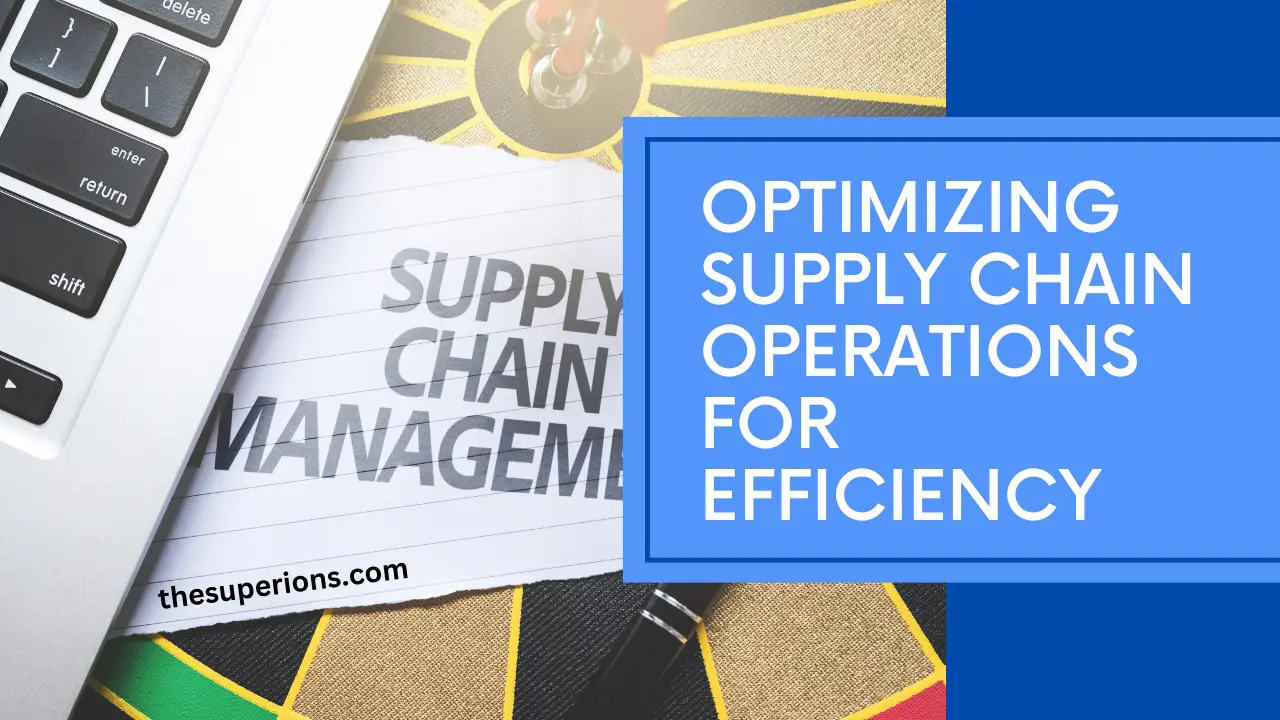The Role of Geographic Analysis in Streamlining Supply Chain Operations
According to the results of a McKinsey survey, 80% of supply chain leaders will keep investing in chain management technology beyond 2023. 90% have been investing in this technology since 2021.

Moreover, a recent Gartner survey showed that 83% of businesses focus on customer satisfaction, and improving customer service is part of their supply chain management approach.
Why Use Geographic Analysis Tools?
Geographic information systems help companies obtain, study, store, and present relevant information through integrated software and hardware to improve supply chain operations. More and more companies are seeing the advantages of these solutions, with the cloud-based GIS market expected to reach $12 billion by 2027.
GIS is more relevant to some industries than others; compare the timber industry to construction, for example. It is highly relevant to transport and warehouse logistics. Numerous businesses use these tools to find the best locations to transport materials and products and reduce the distances that they have to cover.
People Also Read?
Geographic Analysis Enables Informed Decision-Making
Supply chain managers analyze geographic data to identify areas with good transport infrastructure, a high population density, and low labor costs. This helps them decide where to locate their facilities to reduce costs and maximize efficiency.
A company may use GIS to determine the most efficient transportation routes by analyzing the physical locations of its customers, warehouses, suppliers, distribution centers, and manufacturers. Geographic analysis technology can help determine the shortest distance between locations, the optimal delivery schedule, and the best transport mode.
How Mapping Tools Optimize the Supply Chain
Between 2014 and 2024, the value of the supply chain software market has more than doubled. Mapping software tools help businesses collect information about their suppliers, operations, worksites, and workers in their supply chain to create a detailed map. They can hold this information in a single data platform to allow an integrated analysis of management, working conditions, and supply chain risks.
According to a 2023 survey by the Business Continuity Institute, the risk of supply chain disruption is the main cause of the increased cost of working. 84.6% of respondents named it as the leading cause. There was a tie for second and third place, with 54% of respondents reporting adverse impacts on both reputation and logistics.
They Provide Visibility
Supply chain mapping provides visibility, which is crucial as lawmakers, investors, and customers expect a business to know where and how its products are made. According to a 2023 report on the state of manufacturing, improving supply chain visibility is the top priority for 55% of manufacturing-related businesses.
Supply Chains Remain Murky
A US Senate report published on May 20, 2024, found that BMW is linked to a supplier using forced labor. Western governments have accused China of violating the rights of the Uyghur ethnic minority in Xinjiang, which China denies. However, BMW parts made by the Uyghur are making their way into cars sold in the US.
While the US has blocked imports from Xinjiang, companies like BMW, Volkswagen, and Jaguar haven’t managed to weed them out. The US passed the Uyghur Forced Labor Prevention Act in 2021, but after that, 8,000 Mini Coopers with banned Chinese parts were sold in the country.
Knowing your suppliers’ location helps you become aware of the biggest and most relevant risks so your business is better equipped to respond and adopt more sustainable supply chain practices.
Mapping a Supply Chain
After you establish this location, you can use a mapping data platform or a spreadsheet to integrate the information. As supply chains are dynamic, a supplier data management system helps keep information current and allows full-scale data analysis.
Recap
- Geographic analysis keeps you informed about the supply chain state
- It determines the most efficient transportation routes
- It finds the shortest distance between locations
- It reveals optimal delivery schedules and the best transport
- It mitigates the risk of supply chain disruption
- It provides visibility into supply sources





